Who Invented Padel? The Story Behind the Sport
Padel is one of those sports you can’t help but fall in love with once you step on the court. But, ever wondered where this addictive mix of tennis and squash came from? Turns out, the story of padel’s invention is a bit like the sport itself—fast-paced, a little quirky, and full of interesting turns.
At its heart, padel is a story about a guy named Enrique Corcuera. This Mexican businessman didn’t set out to create a global phenomenon, but sometimes things just work out that way, don’t they?

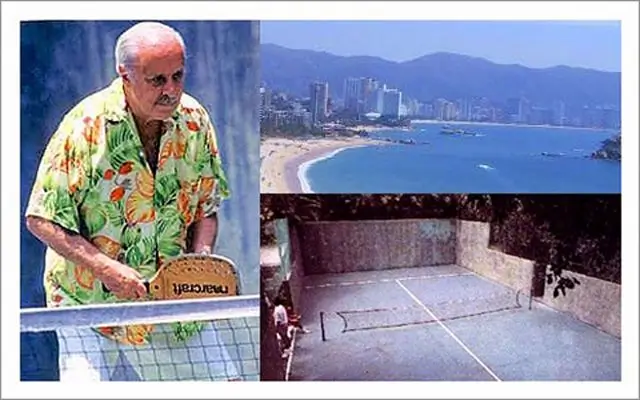
Enrique Corcuera and the first padel court ever
The Accidental Beginning: How Enrique Corcuera Stumbled Upon Padel
Let’s roll back to the 1960s in Acapulco, Mexico. Enrique Corcuera was living a pretty good life—he had a mansion, a lot of friends, and a tennis court on his property. But, tennis had one big problem for Enrique: those annoying stray balls. Like, really. The court was right next to a wall, and whenever Enrique and his friends played, the ball would bounce off into the surrounding areas, forcing them to constantly fetch it. Not ideal.
So, Enrique did what any reasonable person would do. He built walls around the court to keep the ball in play. It wasn’t about creating a new sport at this point—it was about convenience. But this small adjustment sparked something bigger. Enrique soon realized that with walls, the game changed. It wasn’t just about avoiding losing the ball anymore; you could use the walls to keep the ball in play, adding an entirely new dynamic to the game.
What started as a simple fix quickly transformed into a new way of playing, and before long, Enrique had modified the rules, added a lower net, and brought in a perforated paddle to hit the ball. And just like that, padel was born, though at the time, no one knew it would go on to be one of the fastest-growing sports worldwide.
How Padel Made Its Way to Spain (And Then the World)
Now, here’s where the story gets interesting. Enrique’s close friend, Alfonso de Hohenlohe, a Spanish businessman with a love for new things, visited Enrique in Mexico and tried out the game. He loved it so much that he decided to bring it back to Spain. This was the spark that lit the padel fire in Europe.
Alfonso set up the first two padel courts at the Marbella Club in 1974, which attracted the local elite. From there, padel started spreading like wildfire. Spain, with its love for racquet sports and social gatherings, was the perfect place for this fast-paced, accessible game to thrive. It wasn’t long before padel courts started popping up across the country, and soon, padel became more than just a fun pastime. It turned into a legitimate sport with rules, competitions, and a growing fanbase.
By the 1980s, padel had reached Argentina, where it absolutely exploded. To this day, Argentina remains one of the biggest padel-playing nations, with courts in almost every corner.

From Private Courts to Global Sensation
It’s funny to think that a sport born from an attempt to stop balls from going over a wall has grown into a global phenomenon. What made padel so appealing? Part of it is the accessibility. Padel is easier to pick up than tennis, and the smaller court makes it feel more intimate and engaging. Plus, the fact that you can use the walls to keep the ball in play adds an entirely different layer of fun and strategy.
Another factor is the social element. Padel is often played in doubles, which means it's perfect for groups, and its slightly slower pace compared to tennis allows for more rallies, making it a bit more forgiving for new players. It’s not just about power—it’s about tactics, placement, and how well you can read the game. The mix of all these elements is probably what has made padel irresistible for so many.

Did Enrique Corcuera Get Credit?
Here’s an interesting side note. While Enrique Corcuera was the true inventor of padel, it’s Alfonso de Hohenlohe who often gets credited with bringing the sport to Europe. Though Corcuera was the brains behind the game, it was Alfonso’s vision and enthusiasm that helped turn padel into a global sport.
Today, Corcuera’s legacy lives on every time someone steps onto a padel court. His name might not be as widely known as other sports founders, but for those in the padel community, Enrique is nothing short of a legend.
Where Padel Is Headed Next
Fast forward to today, and padel is no longer a niche sport enjoyed by a few elite clubs. It’s being played across the globe, with professional tournaments, international stars, and millions of casual players. Spain and Argentina still lead the charge, but other countries, including Sweden, the UK, and even the US, are catching on. New courts are being built every day, and the sport shows no signs of slowing down.
So, what’s next for padel? If its recent growth is anything to go by, we can expect even more countries to adopt the sport, more players to fall in love with it, and even bigger tournaments to emerge.
Frequently Asked Questions about Who Invented Padel
Did Enrique Corcuera invent padel by accident?
Yes, Enrique Corcuera originally built walls around his tennis court to stop the ball from bouncing away, but this eventually evolved into the game of padel.
Why did Alfonso de Hohenlohe play such a big role in padel’s growth?
Alfonso de Hohenlohe introduced padel to Spain and built the first courts there, helping spread the sport across Europe.
Why is padel so popular in Argentina?
After being introduced to Argentina in the 1980s, padel's fast, social, and fun nature made it explode in popularity, becoming one of the country's favorite sports.
Is padel easier than tennis?
Padel is considered more accessible than tennis due to its smaller court, slower pace, and reliance on tactics rather than power alone, making it easier for beginners to pick up.
How has padel grown globally?
Padel has spread from Mexico and Spain to countries like Argentina, Sweden, and the UK, with more courts being built worldwide as the sport gains popularity



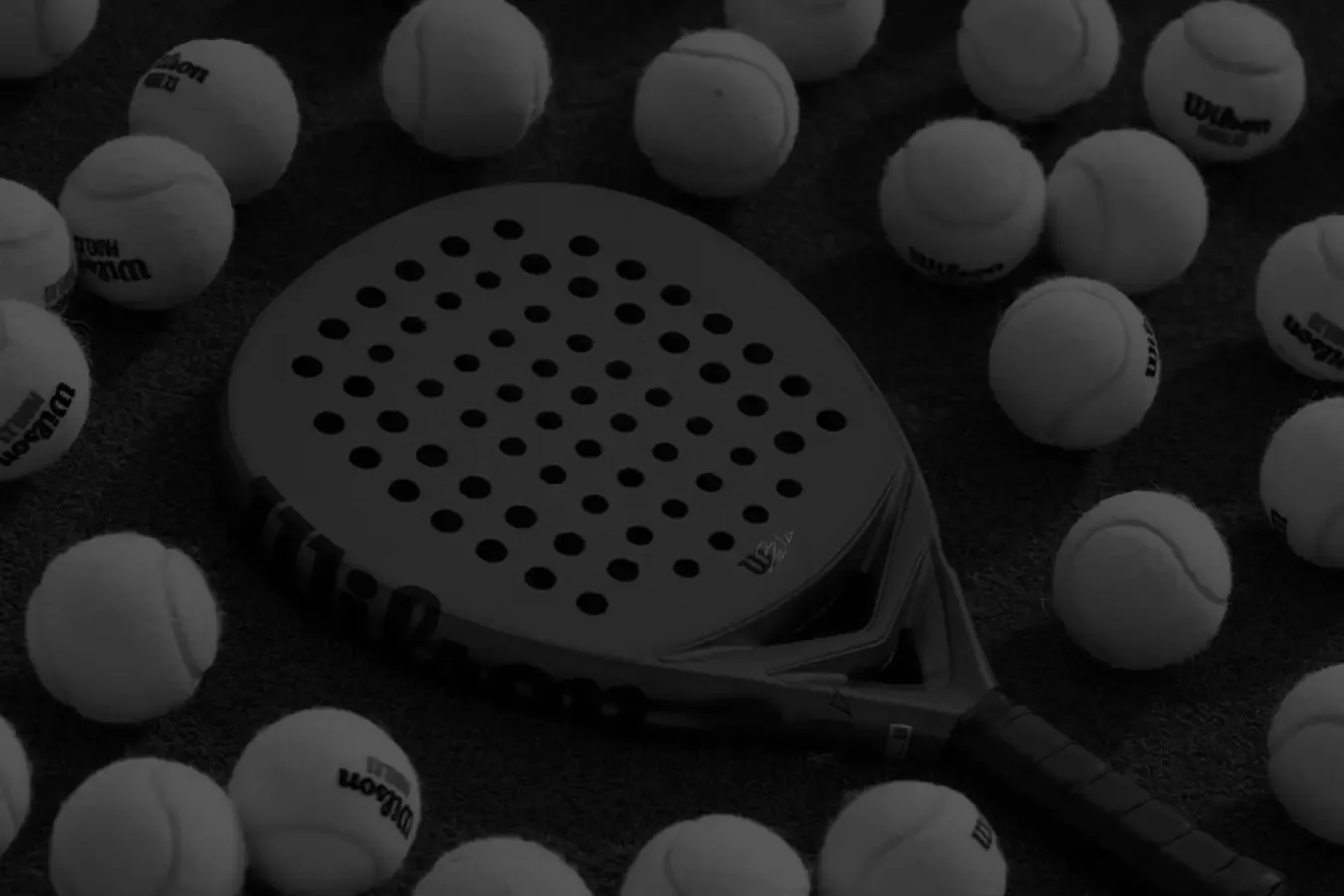
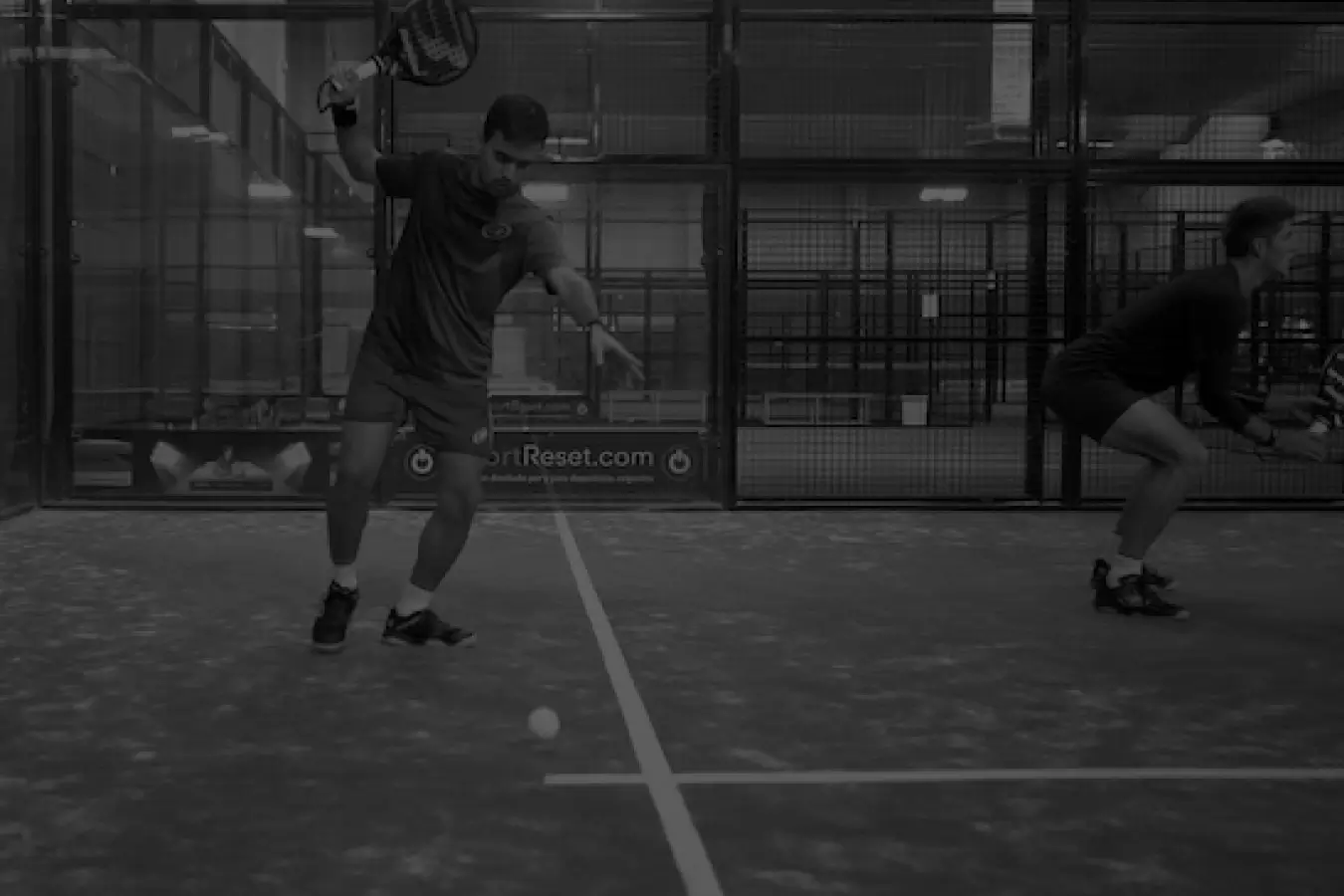
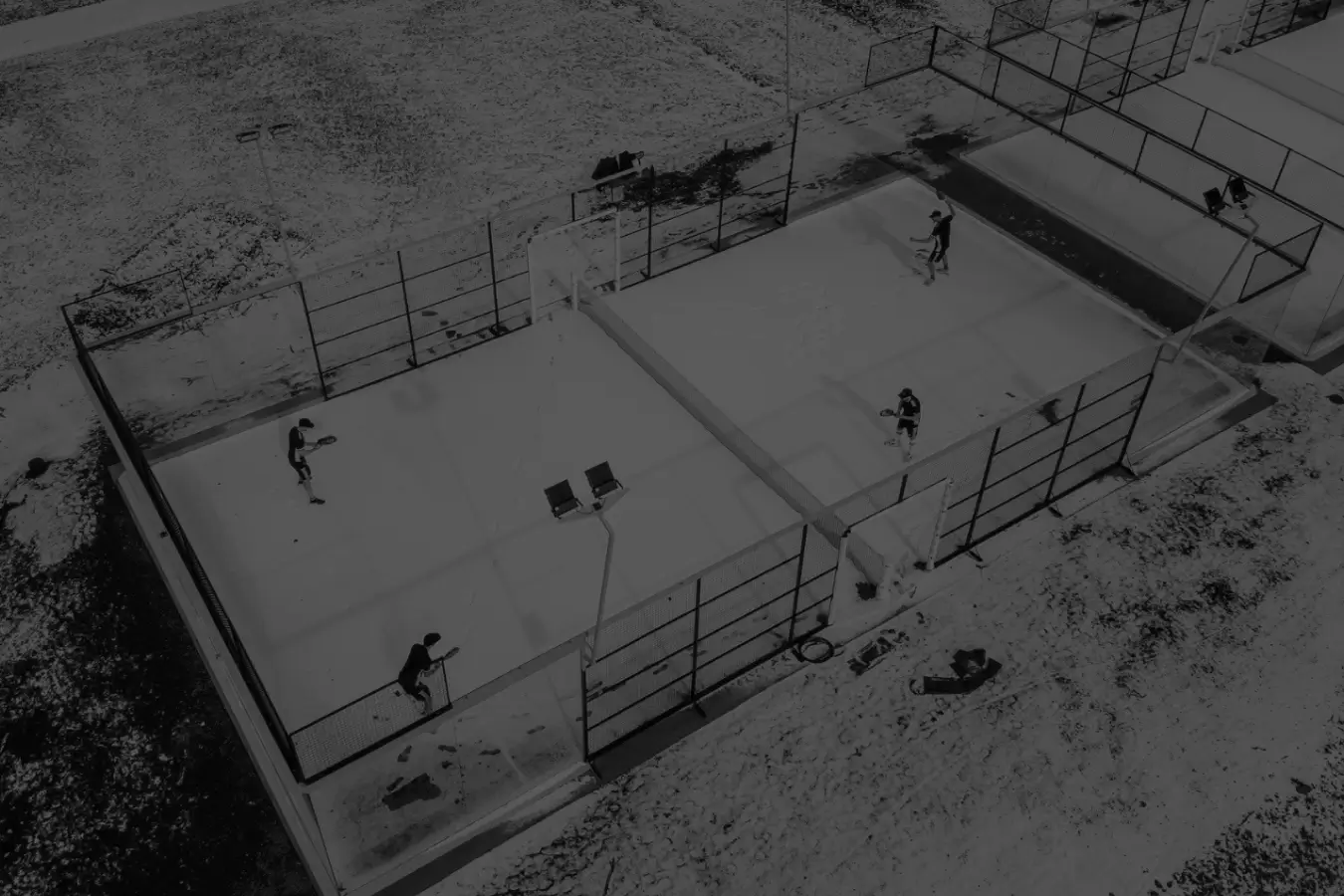

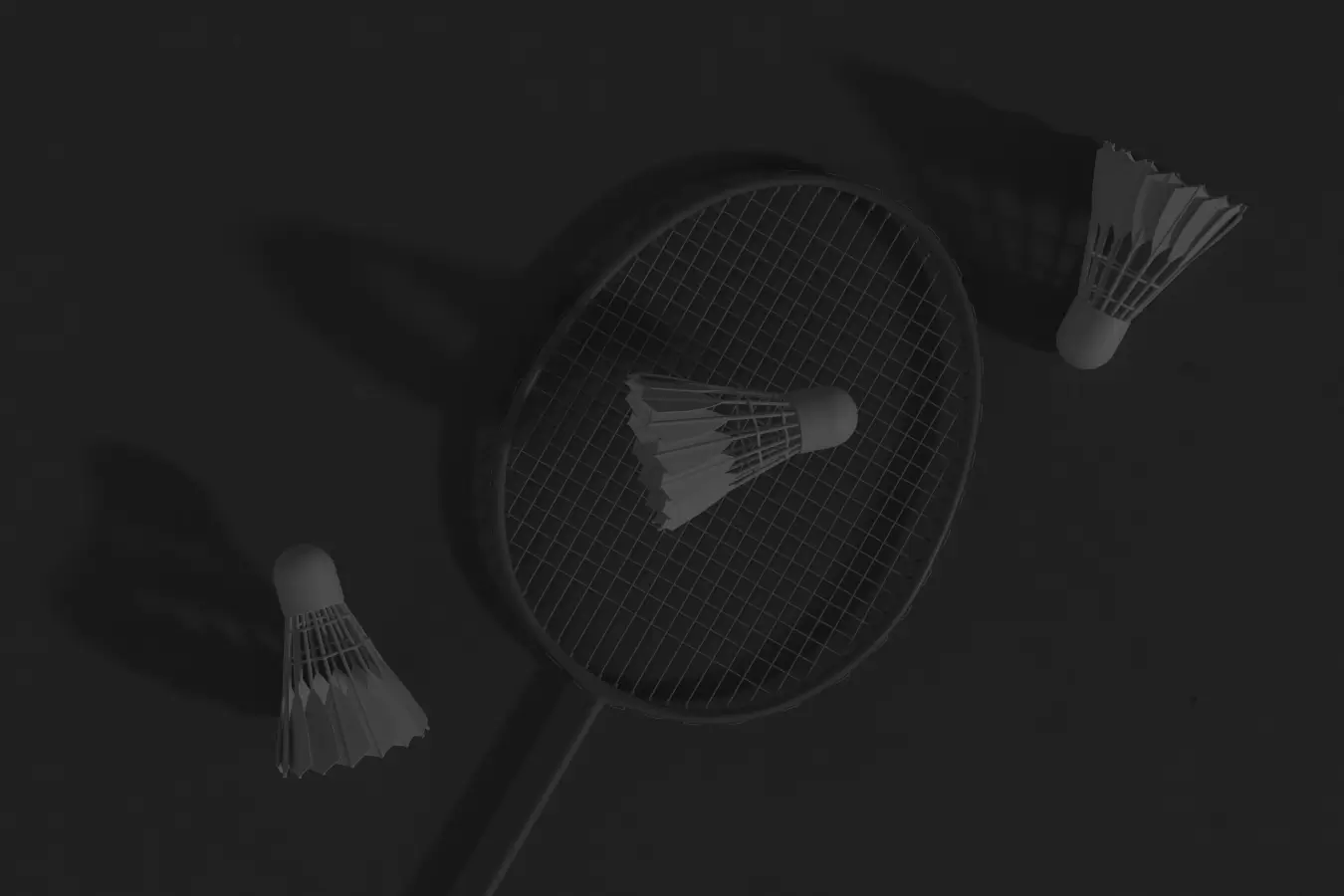
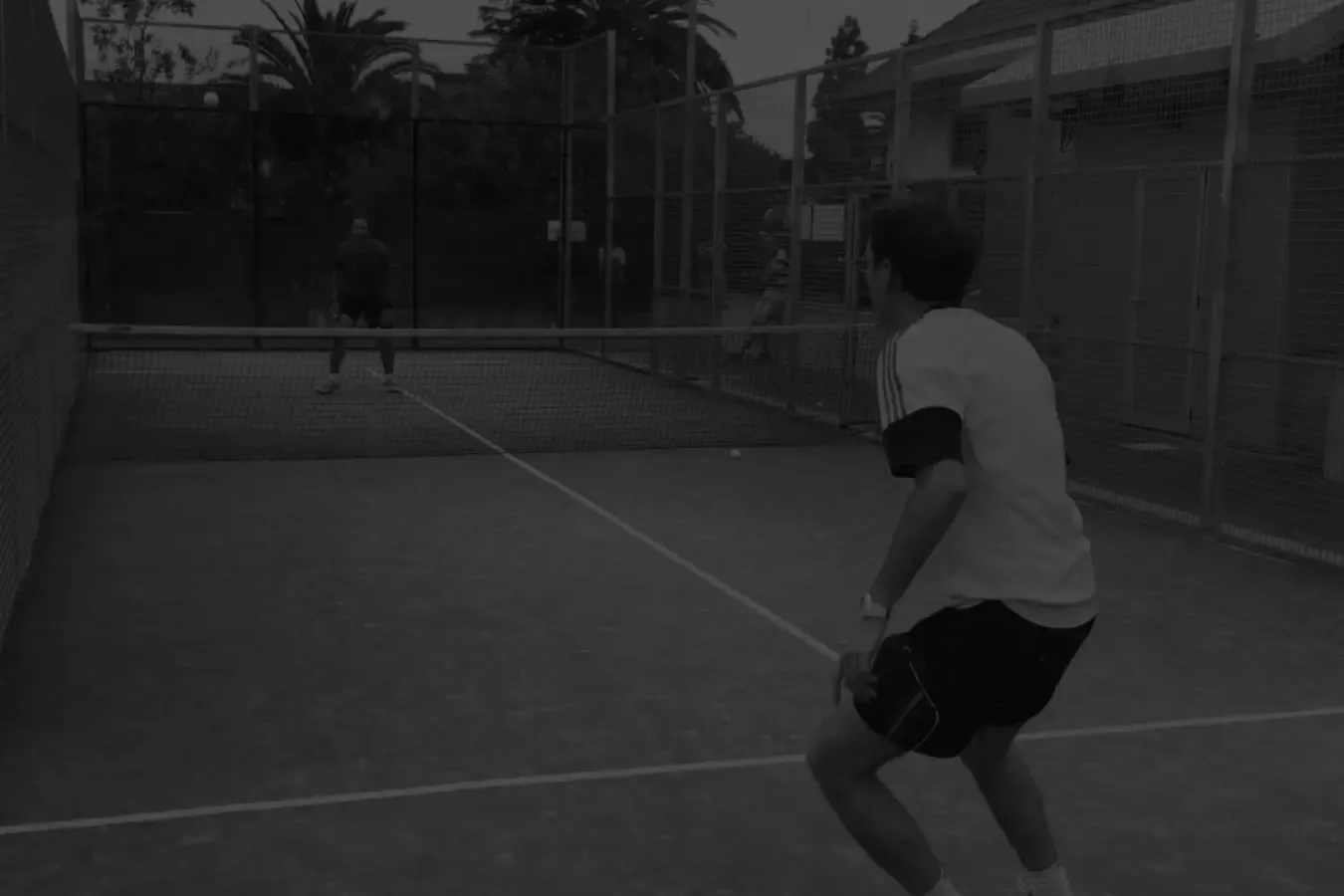
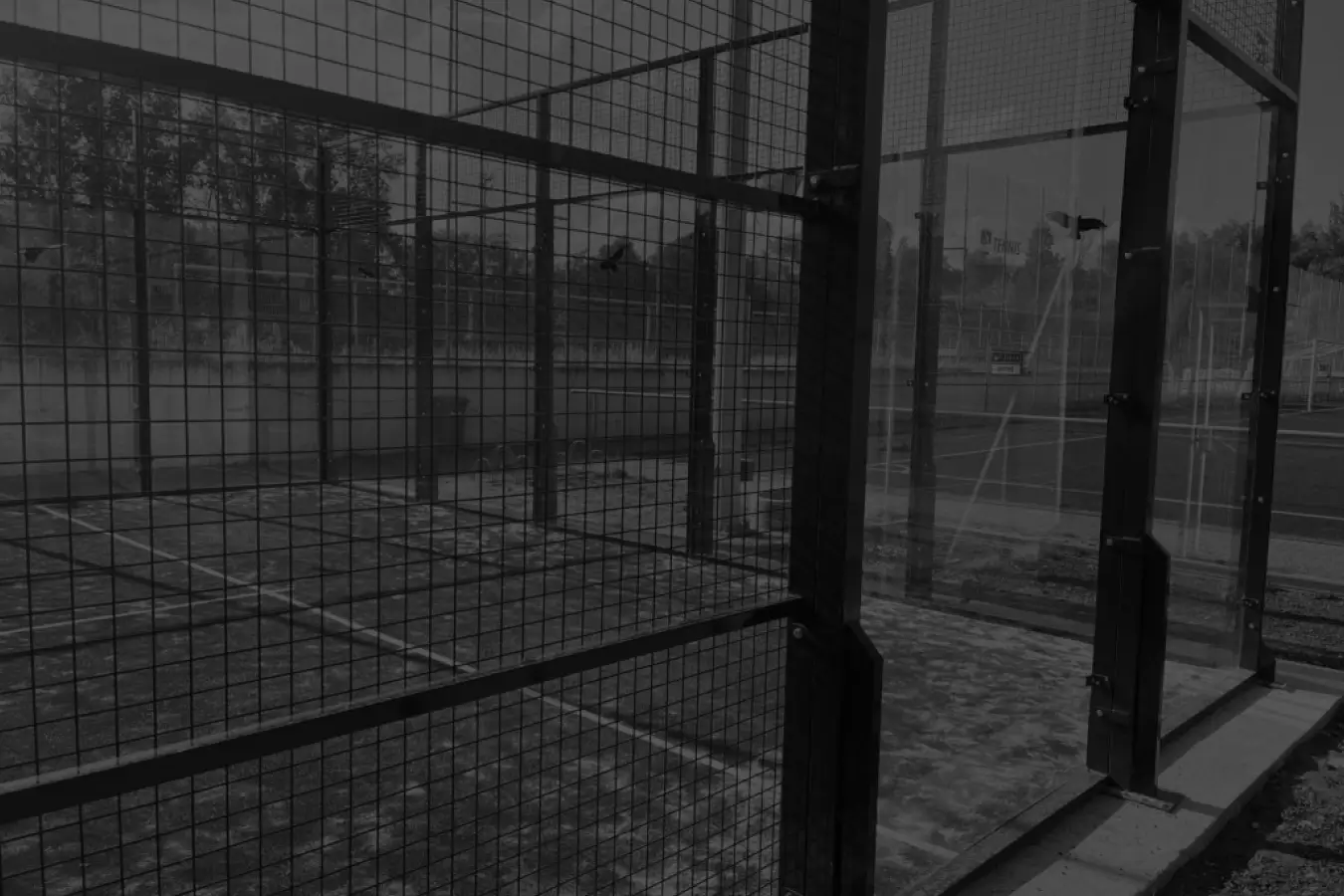
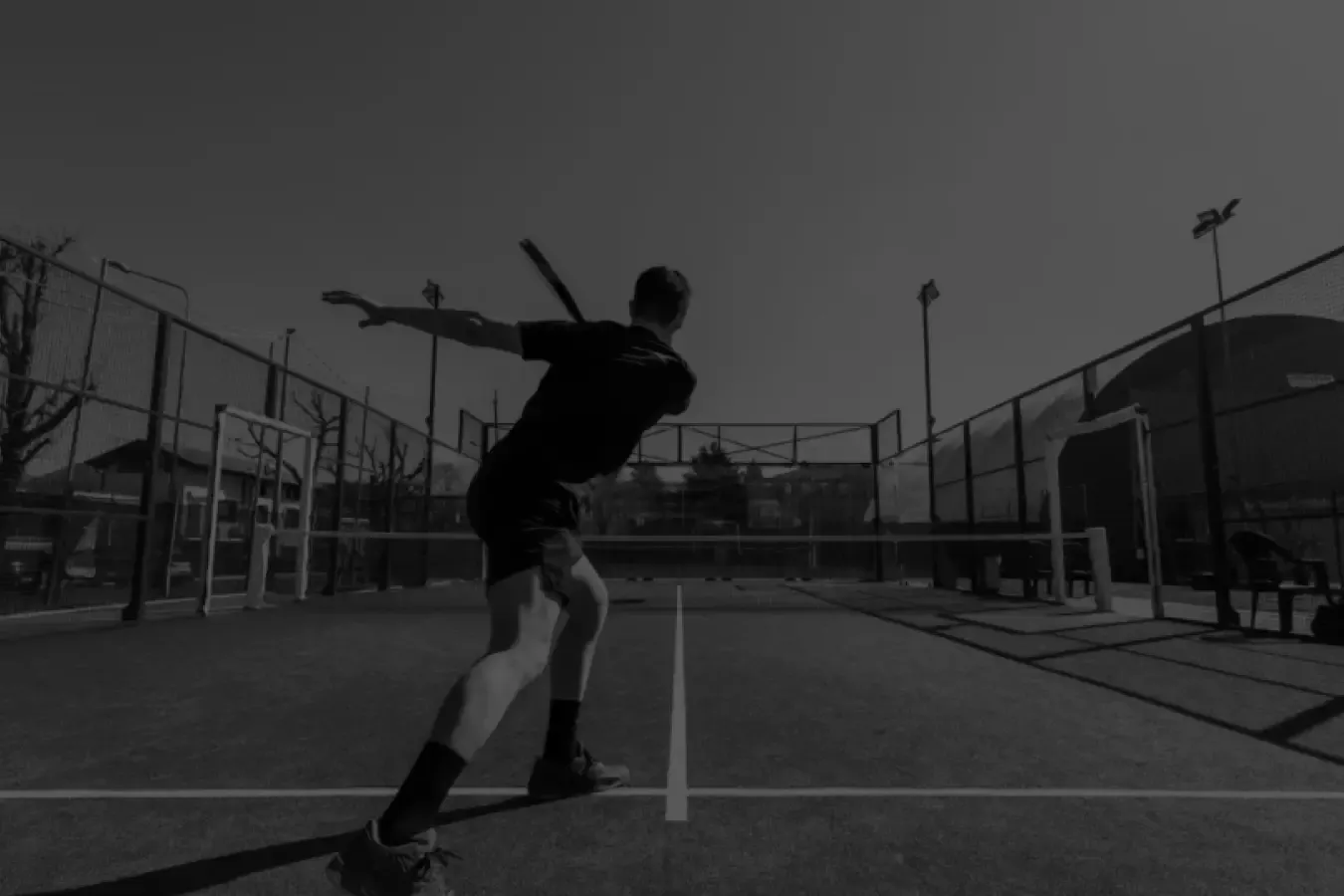
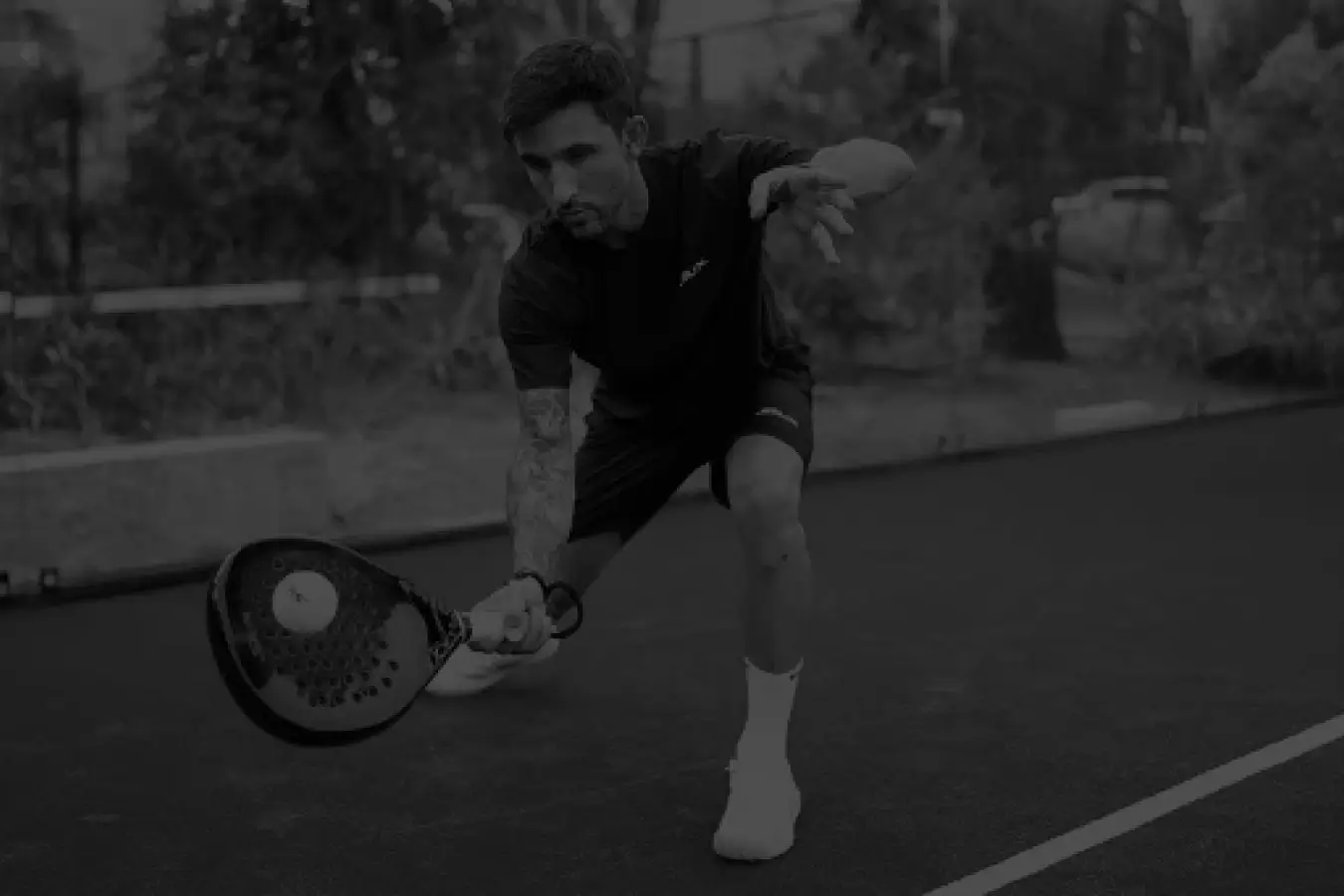

Discussion